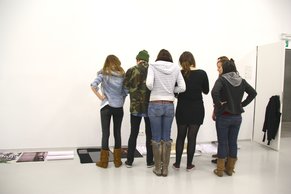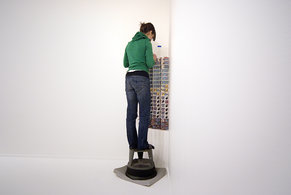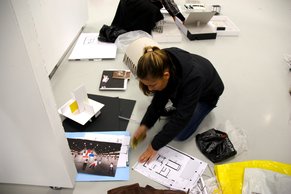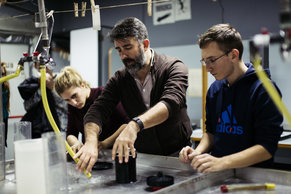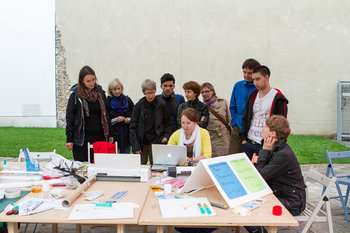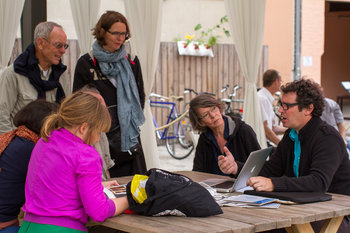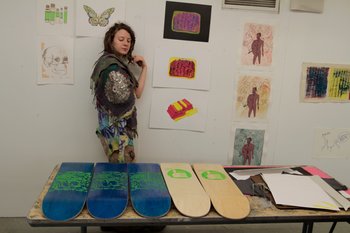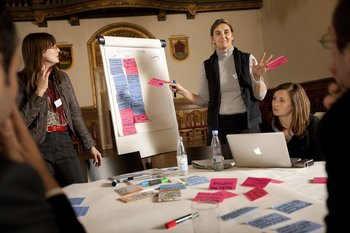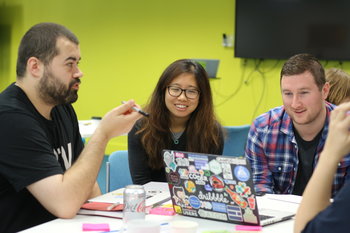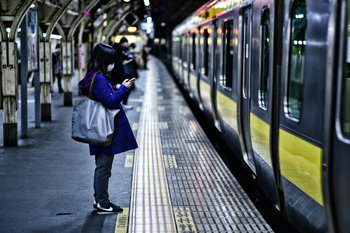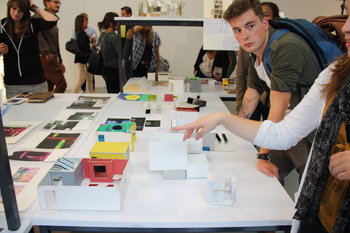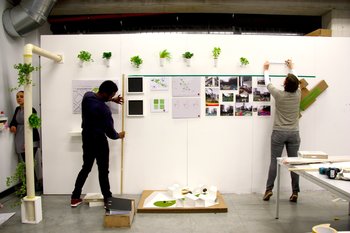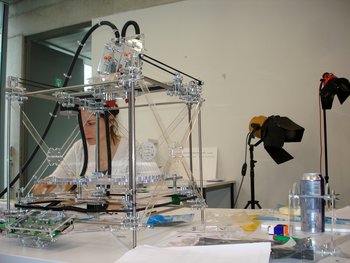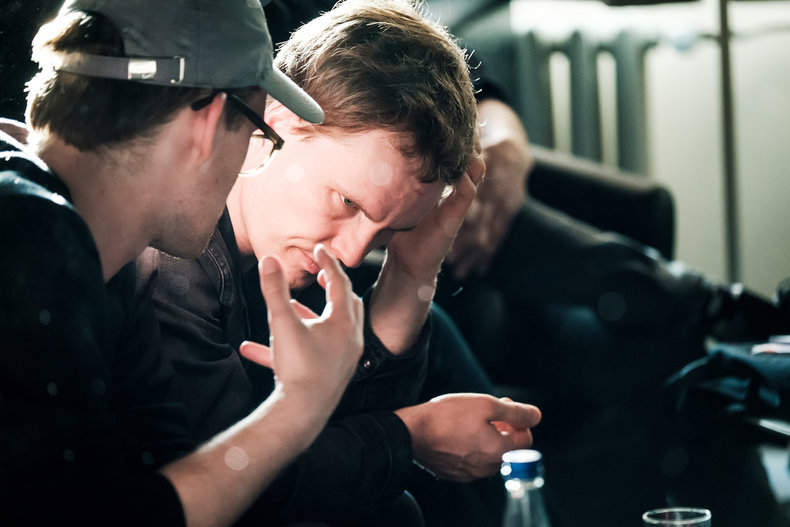
Problem Statement
State what you want to achieve. This can be open-ended and can change throughout the concept development process.
Brainstorming
Generating ideas without constraint, validation or criticism.
Backward Invention
Removing features and functions instead of adding them.
Business Experiments
Designing tests to discover information or validate concepts.
Challenging Assumptions
Identifying and challenging your assumptions.
Concept Testing
Get concepts in front of stakeholders such as clients,end-customers or end-users.
Counterfactual Thinking
Think about how the world might have been fundamentally different.
Creativity of Constraints
Add constraints such as a budget or deadline to improve creativity.
Feasibility Study
Determine if a concept is feasible.
First Principles
Apply rules with broad explanatory power that you hold to be true.
Idea Generation
Processes of generating untested brave ideas.
Analogical Thinking
Using analogies to simplify the complex.
Integration
Combine different things to develop new concepts.
Idea Screening
Validating and prioritizing ideas.
Reverse Brainstorming
Generating reasons that an idea will fail.
Multiple Perspectives
Temporarily adopt a perspective such as a customer with a particular need, background or motivation.
Multiple Mindsets
Adopt different mindsets such as optimism or pessimism.
Creative Control
Cooperate and collaborate but make it clear who makes the creative decision. Prevents the process of social compromise that creates mediocrity.
Inventive Step
The moment of insight that produces an idea that is non-obvious and valuable.
Lead Users
Engaging the advanced and influential users of your products or services.
Customer Advocacy
Using customer ideas and feedback to improve your design concept.
Throwaway Prototype
Building an inexpensive and fast prototype to test out a concept.
Evolutionary Prototype
Building an expensive version of a concept to advance, refine and sell it.
Design Charrette
An intensive group working session that doesn’t end until you reach a result.

